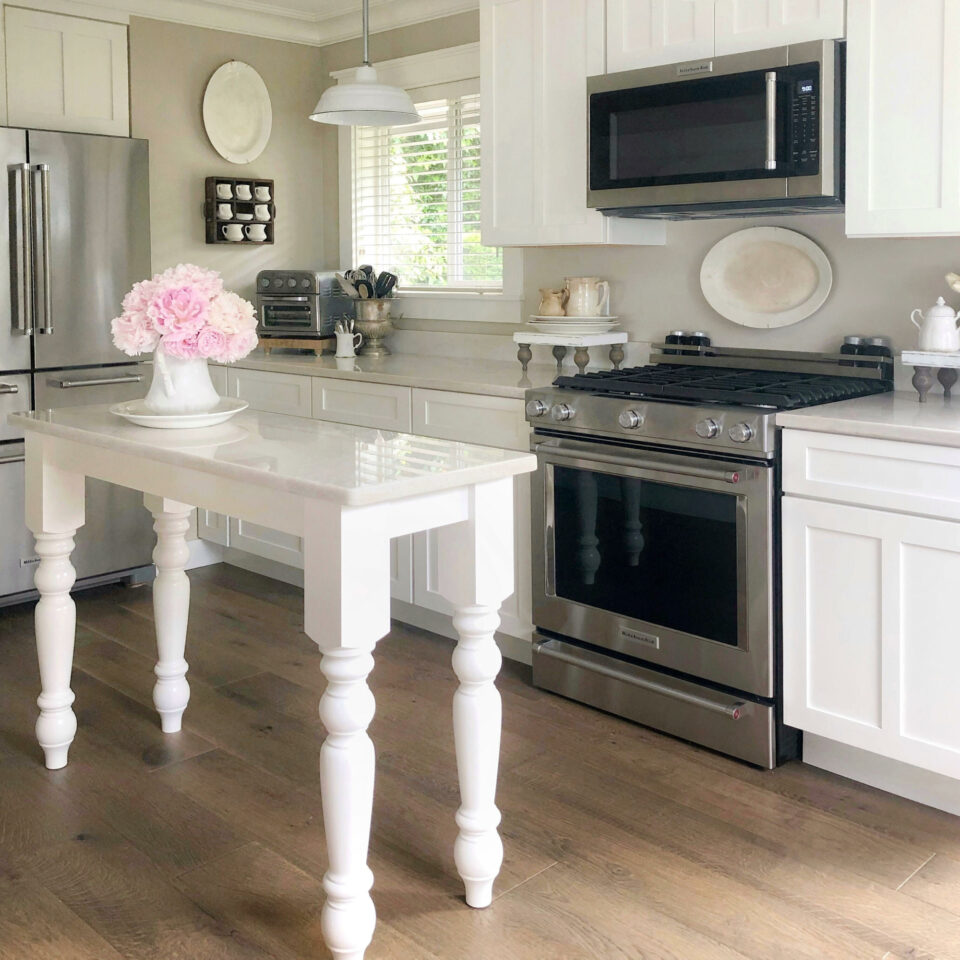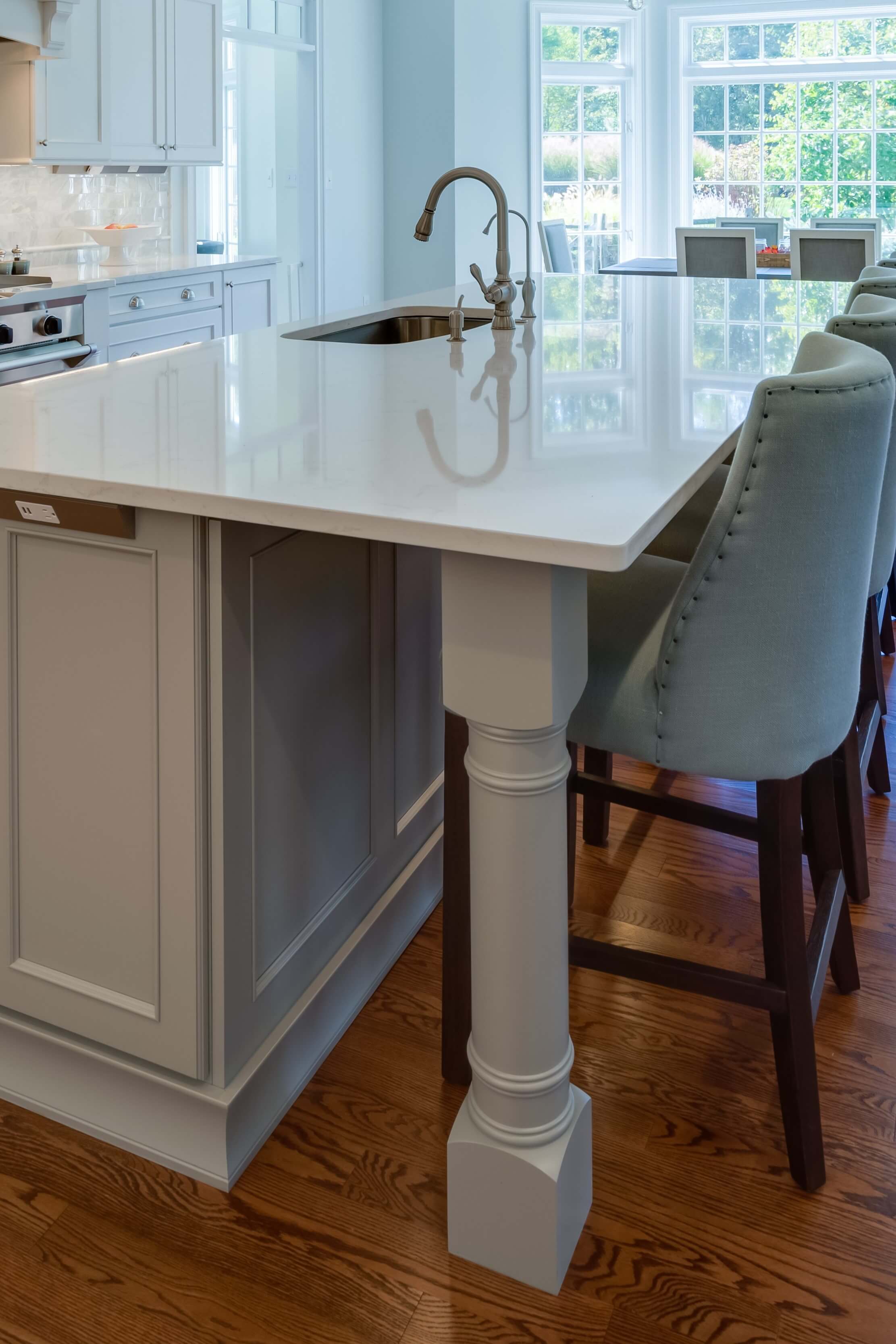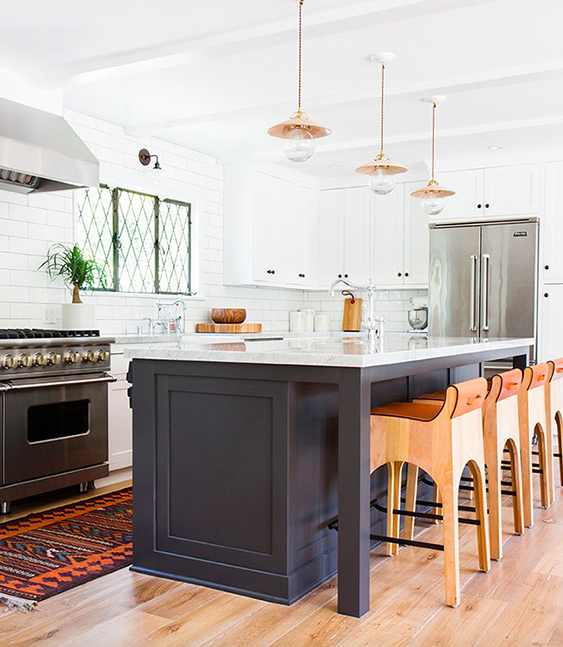Choosing the Perfect Kitchen Island Leg for Resilience and Functionality
Choosing the Perfect Kitchen Island Leg for Resilience and Functionality
Blog Article
The Importance of a Sturdy Kitchen Area Island Leg in Creating a Functional Food Preparation Location
A strong kitchen area island leg serves as a fundamental component in developing a practical food preparation atmosphere, providing required assistance for both the kitchen counter and different kitchen activities. As cooking areas progress into multifunctional areas for food preparation, eating, and socializing, the choice of products and style considerations for island legs comes to be significantly essential.
Advantages of Sturdy Island Legs
Offering crucial assistance, strong kitchen island legs play a pivotal duty in boosting the capability and resilience of kitchen area islands - kitchen island leg. These legs not only bear the weight of the countertop and any type of additional products positioned on the island, however additionally contribute to the general stability of the framework. A well-supported kitchen island makes sure that it stays useful and upright, even under heavy usage, which is specifically vital in active kitchen settings
In addition, tough island legs can enhance the visual allure of the kitchen area. They supply a strong structure that can match different design styles, from modern to typical. This versatility permits homeowners to tailor their kitchen islands according to personal taste while making sure that the structural stability continues to be uncompromised.
Along with their helpful duty, robust kitchen island legs can likewise boost safety and security. A stable island minimizes the threat of accidents triggered by tipping or tottering, which is especially essential in houses with kids or senior people. Solid legs can facilitate a seamless flow of activities, allowing for efficient meal preparation and social interactions within the kitchen space. Ultimately, purchasing tough cooking area island legs is important for a practical and visually pleasing cooking area.
Products for Kitchen Area Island Legs
When picking materials for kitchen area island legs, durability and visual charm are crucial aspects to consider,. One of the most typical products include hardwood, steel, and engineered timber, each offering unique benefits.
Wood, such as cherry, maple, or oak, is a classic option because of its stamina and classic beauty (kitchen island leg). It can stand up to substantial weight and is immune to put on, making it ideal for high-use kitchen atmospheres. In addition, wood can be stained or painted to match various kitchen area styles
Steel legs, commonly crafted from stainless steel or functioned iron, offer a commercial and contemporary appearance. They are exceptionally strong and can sustain significant tons while being resistant to dampness and warm, which is useful in a cooking area. Steel legs can likewise be easily cleaned up, boosting their practicality.

Layout Considerations for Stability
The option of materials for cooking area island legs straight affects the layout factors to consider for stability. When making a kitchen area island, it is extremely important to review the weight-bearing capacity of the selected products. Larger materials, such as strong wood or metal, commonly offer better security, especially under the stress of everyday usage.
Furthermore, the leg layout must incorporate proper geometry to improve security. A larger base boosts the assistance location, decreasing the danger of tipping or tottering. Consideration needs to additionally be offered to the elevation of the legs; disproportionate leg sizes can bring about discrepancy, jeopardizing the total stability of the island.
Additionally, the distribution of weight across the island is important. Ensuring that the leg positioning straightens with the heaviest components, such as appliances and countertops, will better enhance security.
Upkeep Tips for Durability

Cleaning is one more essential facet of maintenance. Depending on the material of the legs-- whether timber, metal, or composite-- ideal cleaning approaches ought to be used. For wood legs, a gentle clean with a moist cloth and an ideal wood cleaner will certainly help maintain their finish. Steel legs may call for a light gloss to avoid rust and maintain their gloss.
Furthermore, tightening up screws and bolts frequently can guarantee stability and prevent wobbling. If the kitchen area island experiences heavy use, take into consideration strengthening the legs with extra braces or supports to enhance toughness. Finally, using a protective surface or sealant can safeguard against moisture and stains, prolonging the life expectancy of the legs. By adhering to these upkeep pointers, home owners can guarantee their cooking area island legs continue to be functional and robust for many years to come.
Picking the Right Leg Style
Regular upkeep makes sure that kitchen island legs continue to be strong and practical, go but picking the appropriate leg design is similarly crucial for both appearances and support. The selection of leg design can dramatically influence the total layout and consistency of your kitchen.

Performance is another important aspect. Thicker legs or those with a tough base can support larger countertops and equipment, boosting the island's energy. Conversely, slender legs may produce an airy appearance, suitable for lighter designs but potentially less supportive.
Conclusion
In summary, the value of tough kitchen island legs can not my company be overstated in the development of a practical cooking area. These legs give important assistance, enhance stability, and contribute to the total visual of the kitchen area. By thoroughly choosing suitable products and designs, along with carrying out proper upkeep methods, the durability and effectiveness of kitchen area islands can be guaranteed. Eventually, investing in robust island legs is fundamental to achieving a reliable and risk-free culinary atmosphere.
A sturdy kitchen island leg serves as an essential element in establishing a functional cooking atmosphere, giving required support for both the counter top and different cooking area activities.Giving important assistance, tough cooking area island legs play an essential duty in enhancing the performance and durability of kitchen islands. Ultimately, investing in sturdy cooking area island legs is important for a practical and aesthetically pleasing cooking area.
Factor to consider ought to likewise be given to the height of the legs; disproportionate leg lengths can lead to imbalance, jeopardizing the general security of the island.
Wood legs give heat and a traditional appearance, while metal legs use a industrial and modern feeling.
Report this page